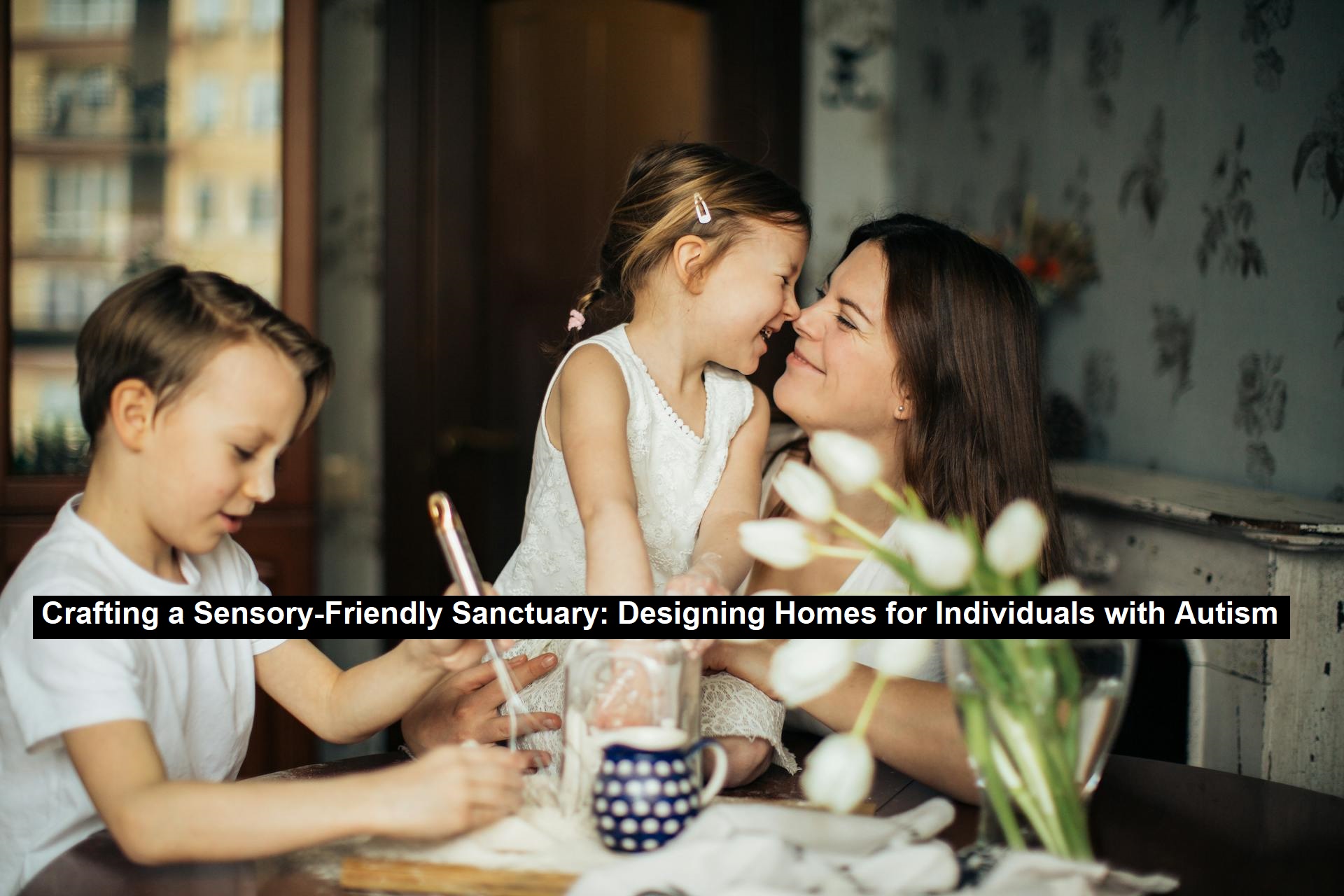Crafting a Sensory-Friendly Sanctuary: Designing Homes for Individuals with Autism
Creating a home that supports sensory needs is essential for individuals with Autism Spectrum Disorder (ASD), enhancing their comfort and overall well-being. Designing such a space involves more than just visual appeal; it’s about fostering an environment that reduces sensory overload and promotes a sense of safety.
Let’s explore some key elements of designing a sensory-friendly home and how they can benefit your loved one:
Visual Harmony
Color choices are crucial in creating a calming atmosphere. Research indicates that soft green-blue hues can soothe the mind and lower anxiety. Choosing natural materials for furniture and flooring can also help mitigate sensory triggers, contributing to a serene environment. Before making final decisions, it’s beneficial to test various paint samples and materials to ensure they align with sensory needs.
Optimal Lighting
Natural light is ideal, but adjustable window treatments are important for managing light levels throughout the day and year. For artificial lighting, opt for bulbs with a high color rendering index (CRI) to mimic natural light while avoiding harshness. Incorporating multiple light sources with dimmable features allows for tailored lighting that adapts to different needs and times of day.
Noise Management
Controlling noise is essential for a peaceful home. Soundproofing can block external disturbances, while soft furnishings like thick curtains and plush rugs help dampen internal sounds and reduce echoes. Choosing quiet appliances and fixtures further contributes to a tranquil atmosphere.
Effective Storage
Minimizing clutter is vital for reducing stress and sensory overload. Implementing organized storage solutions with closed systems helps maintain a tidy space, lowering visual distractions and enhancing calmness.
Read: The Key to Developing Lifelong Dental Hygiene Habits in Children
Thoughtful Layout
A well-designed layout with clear pathways and ample space prevents overstimulation and anxiety caused by cramped or cluttered areas.
Personalized Sensory Zones
Designing dedicated sensory-friendly zones can be particularly beneficial. These areas might include tactile toys, weighted blankets, or soft lighting tailored to individual preferences, providing safe spaces for relaxation and sensory regulation.
Designing a sensory-friendly home is an opportunity to create a nurturing environment that not only meets practical needs but also supports emotional and psychological health. With thoughtful planning, you can transform the home into a haven that aligns with and enhances its occupants’ sensory needs.
A Simple Guide To Creating A Sensory Friendly Home was created by The Autism Treatment Center of America, an organization supporting the best autism treatment centers in the US
For more detailed guidance and tips on designing a sensory-friendly home, check out the accompanying resource.

